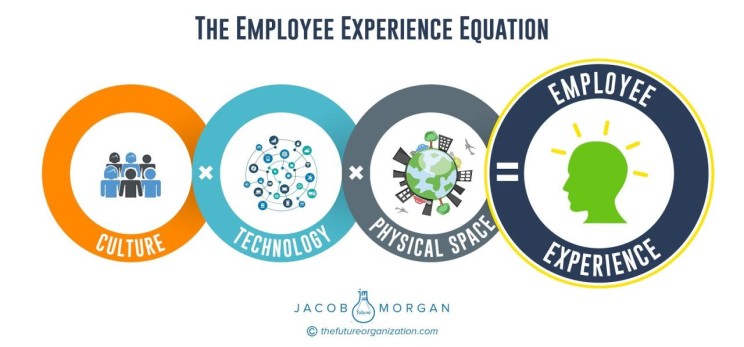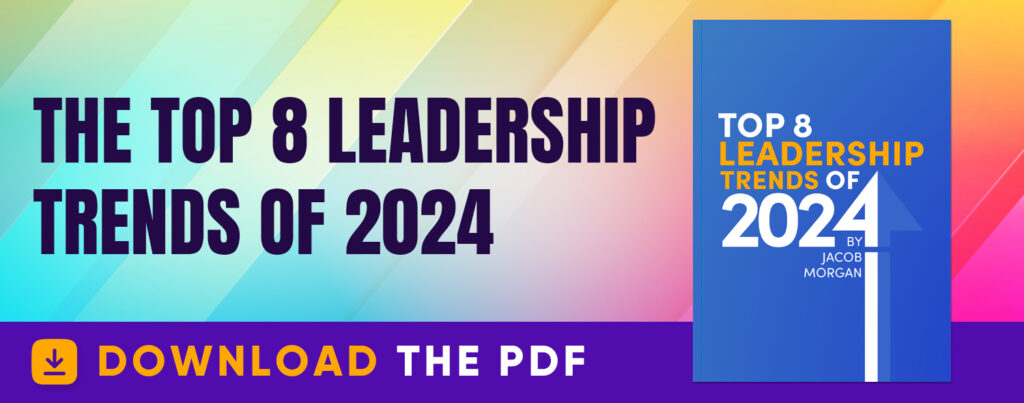My best-selling book, The Employee Experience Advantage came out over half a decade ago and since then employee experience has only gotten more attention and focus. So much so that I’m working on a new edition of the book.
It’s still one of the top leadership trends even in 2024 (PDF) and the need, demand, and investment is only growing!
I define employee experience as creating an organization where employees want, not need to show up to work each day by focusing on three environments, culture, technology, and physical space. This is The Employee Experience Equation which you can see below.

Employee experience is about acknowledging that changes need to be made not to perks and benefits but to the core workplaces practices of an organization. In essence, focusing on employee experience is not just about creating a pleasant workplace but about building a strategic asset that drives organizational success. This approach requires ongoing effort, commitment, and adaptation to the changing needs of the workforce, ensuring that the organization remains a desirable place to work, now and in the future.
In my research I found that a great employee experience impacts revenue, profit, productivity, innovation, and overall stock price performance. Unfortunately, many organizations around the world struggle with this. The challenge is that we focus on employee engagement which is about short term fixes to long term problems. If you want to make your employees happier, give them free food on Friday or hot yoga on Tuesday. That’s not what experience is about.
There’s a clear linkage between the quality of employee experience and financial performance, with companies investing in this area often seeing higher profitability. Such an environment promotes superior customer service, indirectly boosting customer satisfaction and loyalty. Addressing the changing expectations of today’s workforce, including the desire for flexibility and purposeful work, organizations can become more adaptable and resilient. Leaders who grasp the significance of employee experience are thus poised to build stronger, more competitive, and sustainable organizations, ready to face the challenges of the modern business landscape.
What you should do:
-
Create regular feedback loops between employees and leaders so that leaders can better understand what employees care about and value.
-
Filter all people decisions through the lens of culture, technology, and space.
-
Make “employee experience” a core part of discussion during strategic business meetings.
-
Build better relationships with your HR/people teams to become more aware of trends and opportunities.
-
Speak up in meetings, participate in company surveys, join employee resource groups. Be accountable for shaping your own experience at work.
Stay tuned for the fourth leadership trend, Skills not Jobs that I will share with you next week!
Leadership is changing dramatically and there are 8 trends you need to know about if you want to lead effectively in 2024 and beyond. I put together a PDF that not only walks you through what these 8 trends are, but it also gives you action items for each one. This will be an invaluable resource for your leadership journey in 2024 and beyond. Click to download the free pdf!

